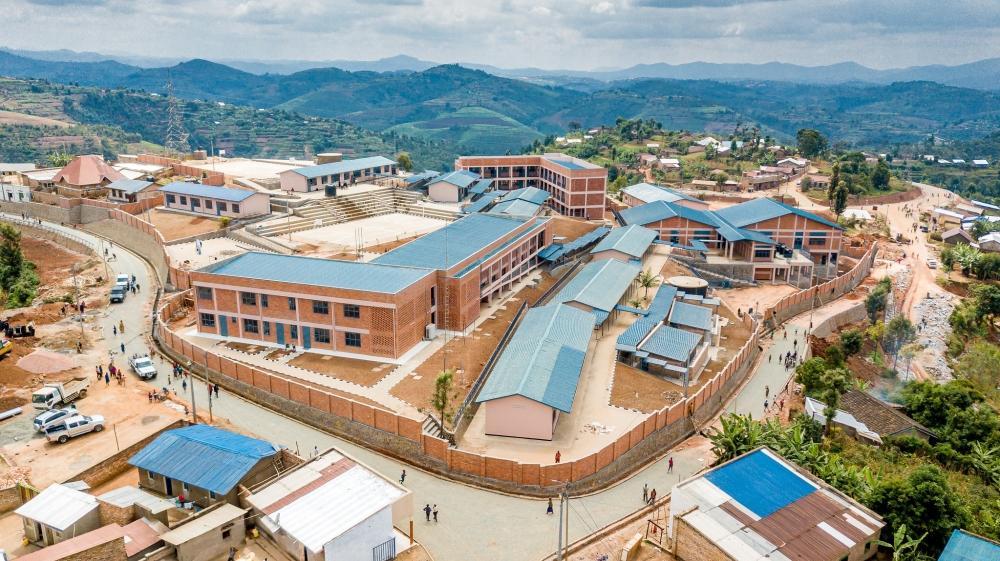Emmanuel Ntirenganya
Africa-Press – Rwanda. The poverty rate among Rwandans dropped to 27.4 per cent in 2024, from 39.8 per cent in 2017, a new survey shows. The seventh Integrated Household Living Conditions Survey’s (EICV 7) findings show that the data represents a reduction in poverty of 12.4 percentage points.
Approximately 1.5 million Rwandans came out poverty in the last seven years, between 2017 and 2024, averaging 214,000 individuals emerging from poverty each year. The poverty rate was lower in urban areas (16.7 per cent) compared to rural (31.6 per cent), the report showed.
Presenting the findings, Ivan Murenzi, the Director General of National Institute of Statistics of Rwanda (NISR), said that poverty quite significantly decreased compared to the previous numbers.
“It means that 1.5 million Rwandans graduated from poverty, which is a significant progress,” he said, pointing out that this improvement is related to advance in the living conditions of Rwandans, including nutrition.
According to the report, access to electricity in the country increased, from 34 per cent in 2017, to 72 per cent in 2024. Urban areas saw an increase from 76 per cent in 2017 to 88 per cent in 2024, while rural areas experienced an increase from 25 per cent to 65 per cent over the same period — a 40-percentage-point increase in rural electrification alone.
The survey also noted gains among the poorest households. Access to electricity by quintile — which categorises the population into five income-based groups from the poorest (Q1) to the richest (Q5) — reveals a 44-percentage-point increase for those in the lowest quintile.
In the first quintile (the poorest), access to electricity rose from 2 per cent in 2014 to 9 per cent in 2017, and then surged to 53 per cent in 2024.
The second quintile increased from 5 per cent in 2014 to 16 per cent in 2017, and 62 per cent in 2024.
In the third quintile, access rose from 7 per cent in 2014 to 25 per cent in 2017, and 68 per cent in 2024. The fourth quintile moved from 17 per cent in 2014 to 37 per cent in 2017, reaching 77 per cent by 2024. The highest quintile also saw progress, rising from 57 per cent in 2014 to 69 per cent in 2017, and 92 per cent in 2024.
Murenzi emphasised that the progress reflects the effectiveness of targeted government programmes aimed at expanding access to basic services.
“Access to electricity has increased more than threefold. That shows the programmes being implemented are well-targeted and are reaching the people who truly need them,” he said.
Murenzi said that one of the most telling indicators of equitable progress is access by income quintile: “If you want to know whether these programmes are reaching the poor, look at the gains in the first quintile.
“A 44-percentage-point increase in electricity access among the poorest is a big deal. The poorest went from just 9 per cent in 2017 to 53 per cent in 2024.”
The EICV survey which brings fresh insights into the country’s paces in poverty reduction and socio-economic development is conducted every three years but the latest cycle took longer due to delays caused by the Covid-19 pandemic.
Source: The New Times
For More News And Analysis About Rwanda Follow Africa-Press






